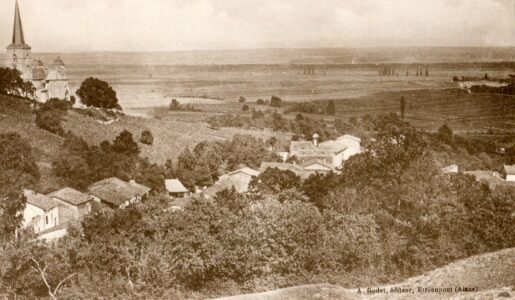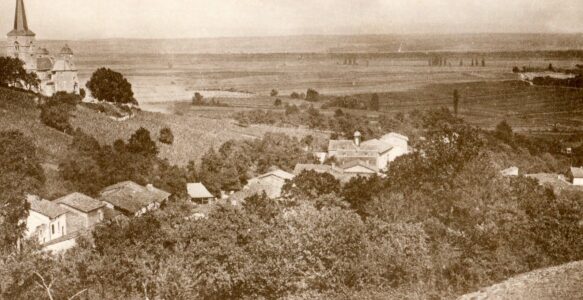Until the 18th century, unrest and looting combined with famine and epidemics, particularly the plague, ruined the region and caused a large part of the village population to disappear.

From the Middle Ages to the 18th century, epidemics and deadly and devastating conflicts followed one another without interruption. Populations fluctuated but hardly increased due to plagues (plague, tuberculosis, wars…).
But things changed in the 19th century and, despite a cholera epidemic in 1854, the population increased by 60%! The bell foundry was in full swing, the vineyards covering the entire hillside produced enough to run 3 wine presses, the Thalettes stream powered a flour mill and the paddle wheel of a sawmill, a communal oven was created and the lumberjacks, itinerant savoury makers and farmers could meet in the 6 cafés of the commune!
The 19th century was marked by the Industrial Revolution and, in the vicinity of Mont, all along the Meuse, steelworks, foundries and forges such as the one in nearby Stenay were set up.
At first, cast iron and steel were produced, then mechanical parts, metal constructions, tubes, sheets, etc. Around 1830, the Meuse department was the most prosperous in France in terms of metallurgy, thanks to a cheap fuel available in huge quantities: wood. The industries near Mont were numerous but small and could not remain competitive. In Stenay, the last forges closed in 2003.

